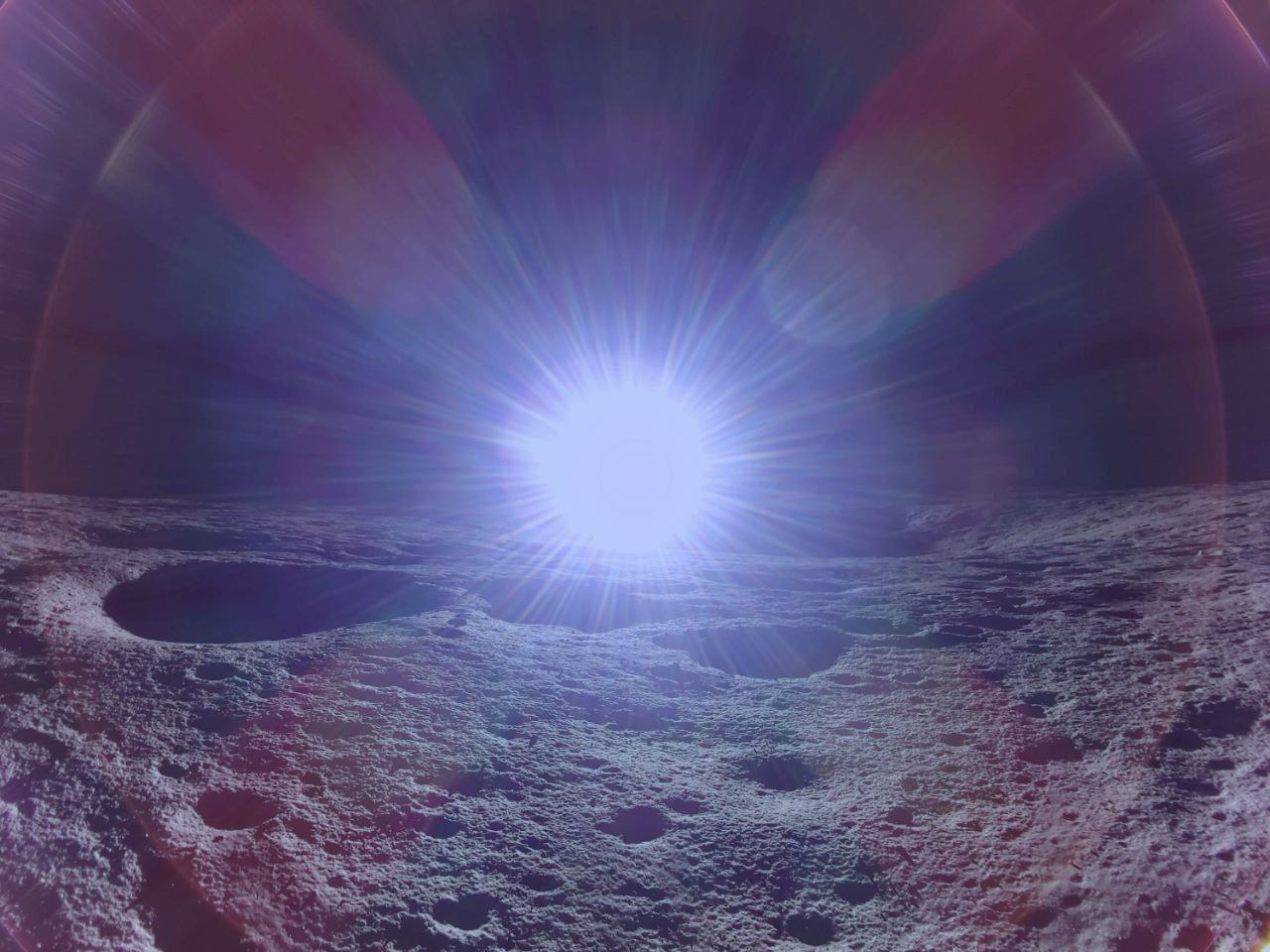On March 16, the Blue Ghost spacecraft, built by Firefly Aerospace, sent its last message to Earth and fell asleep. It will most likely not survive the cold lunar night.
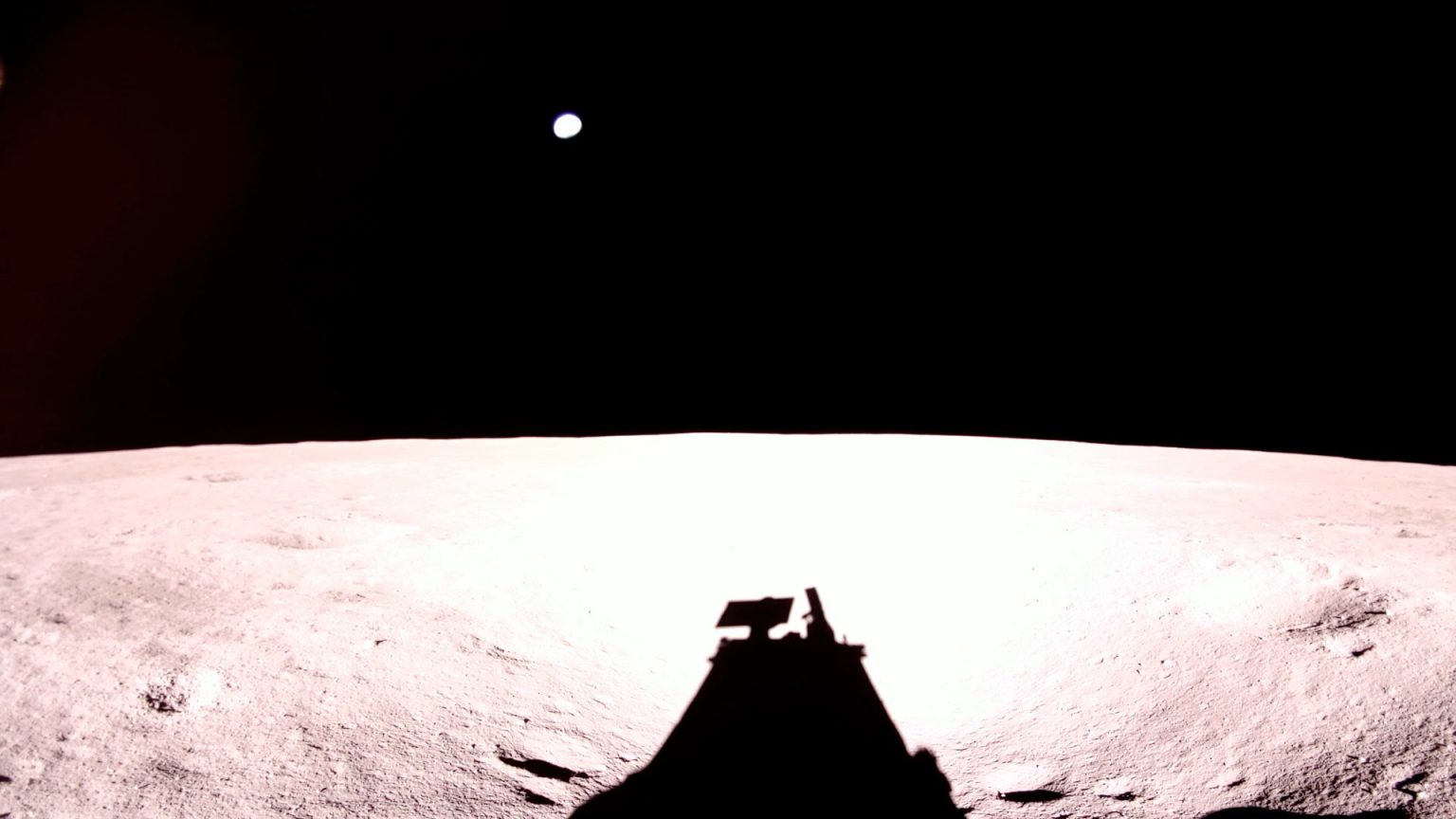
But all this does not detract from its success. Blue Ghost has demonstrated everything a private lunar mission is capable of. In honor of completing the vehicle’s work, we are telling you about its seven main achievements.
A completely successful private landing on the Moon
Of course, Blue Ghost was not the first private vehicle in history to land on the Moon. But it was the first private vehicle in history to do so without any technical problems or malfunctions. Blue Ghost made an elegant landing near the Mons Latreille volcanic formation in the Mare Crisium, located on the visible side of the Moon.
It is worth noting that the landing process was filmed by cameras mounted on the Blue Ghost’s body. For the first time in history, detailed images of the interaction between the spacecraft’s engine plumes and the lunar surface were obtained, showing how they kick up dust and scatter regolith. This data is extremely important for future lunar missions.
Catching GPS signals on the Moon
One of the instruments on board the Blue Ghost was a LuGRE receiver. It was designed to search for GPS signals. The experiment was a success. During the flight and stay in lunar orbit, Blue Ghost continued to hear GPS signals regularly. After landing, the device successfully recorded them on the lunar surface. At that moment, it was at a distance of 364 thousand kilometers from the Earth.
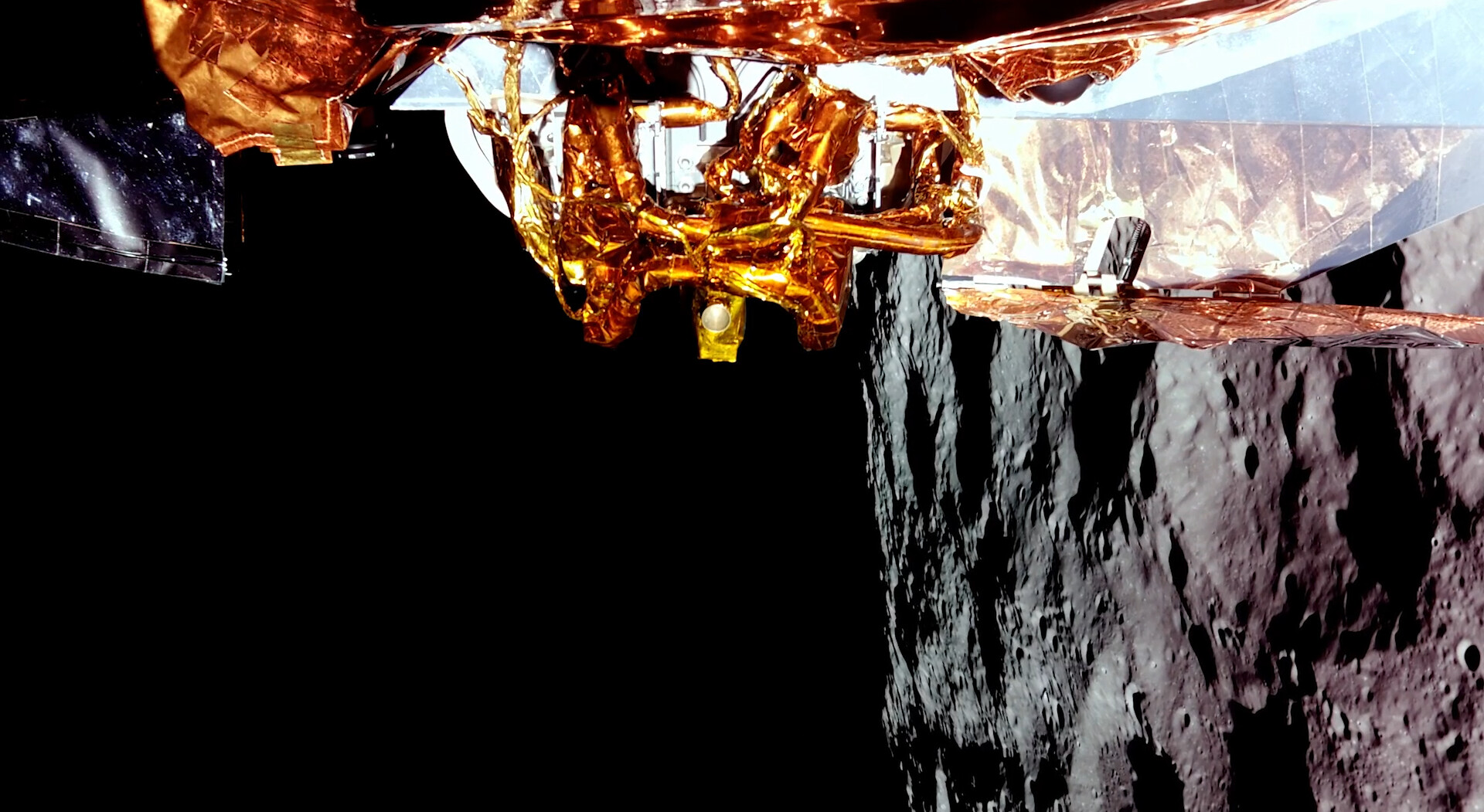
This success means that Artemis and other lunar exploration missions will be able to use GPS signals to accurately and autonomously determine their position, speed, and time. This will be an important step towards creating advanced navigation systems and services for the Moon and Mars.
Exploring the lunar interior
A significant part of the Blue Ghost science program was devoted to studying the characteristics of the Moon’s structure. During one of the experiments, the spacecraft drilled through regolith and lowered the LISTER probe to a depth of one meter. It measured the heat flux coming from the depths.
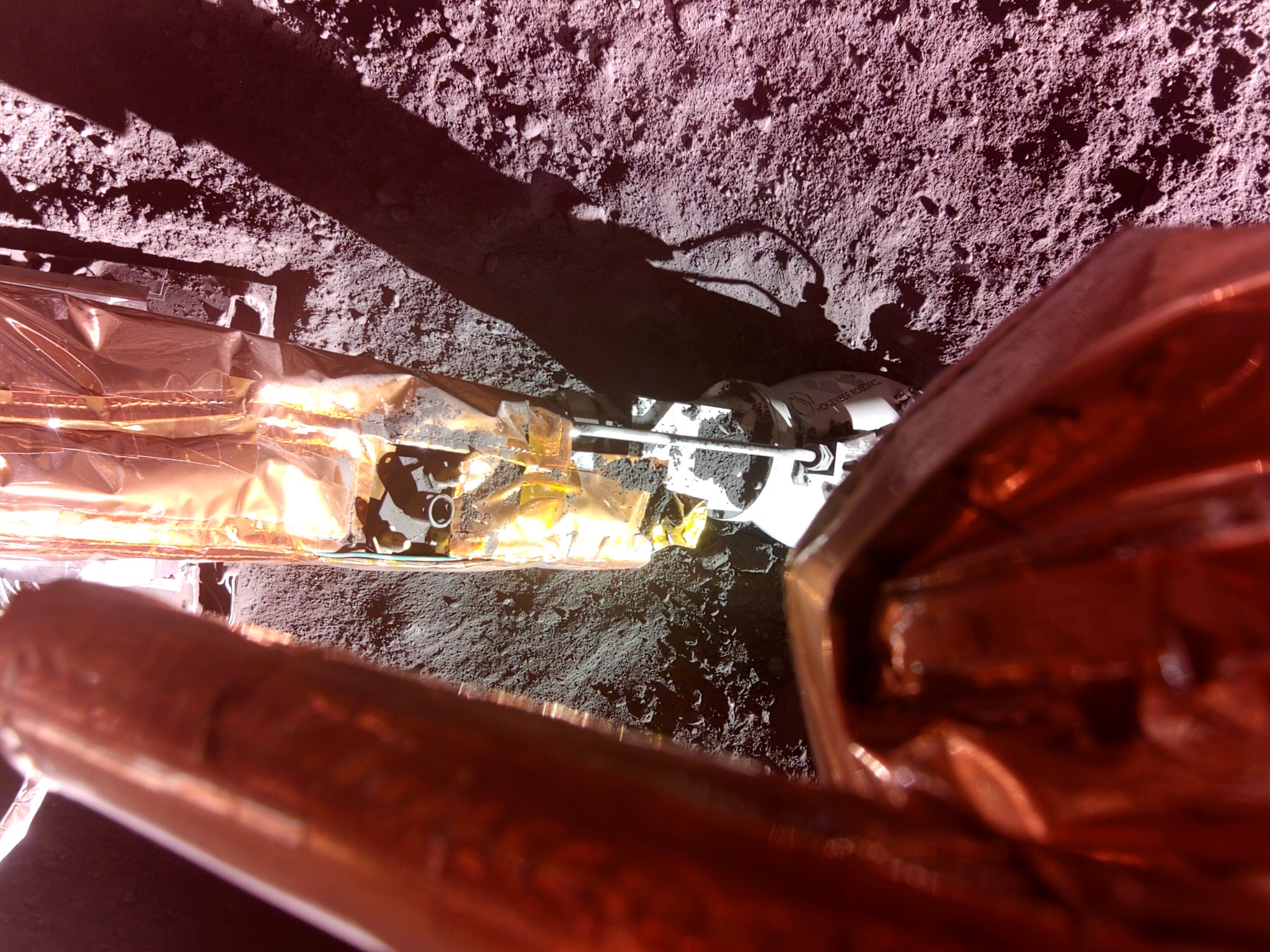
As part of another experiment, the spacecraft activated and deployed five sensors to measure electric and magnetic fields. The data they collected will allow scientists to characterize the internal structure of the Moon to a depth of 1120 km.
Testing protection against lunar dust
Another important task of the Blue Ghost mission was to test an experimental electrodynamic shield designed to protect against lunar dust. After being turned on, it successfully lifted and removed the lunar regolith from the surface of the glass and heat sink. Although the analysis of the results of the experiment is still ongoing, the available data confirm the prospects of this technology for protecting the vehicles that will operate on the Moon in the future.
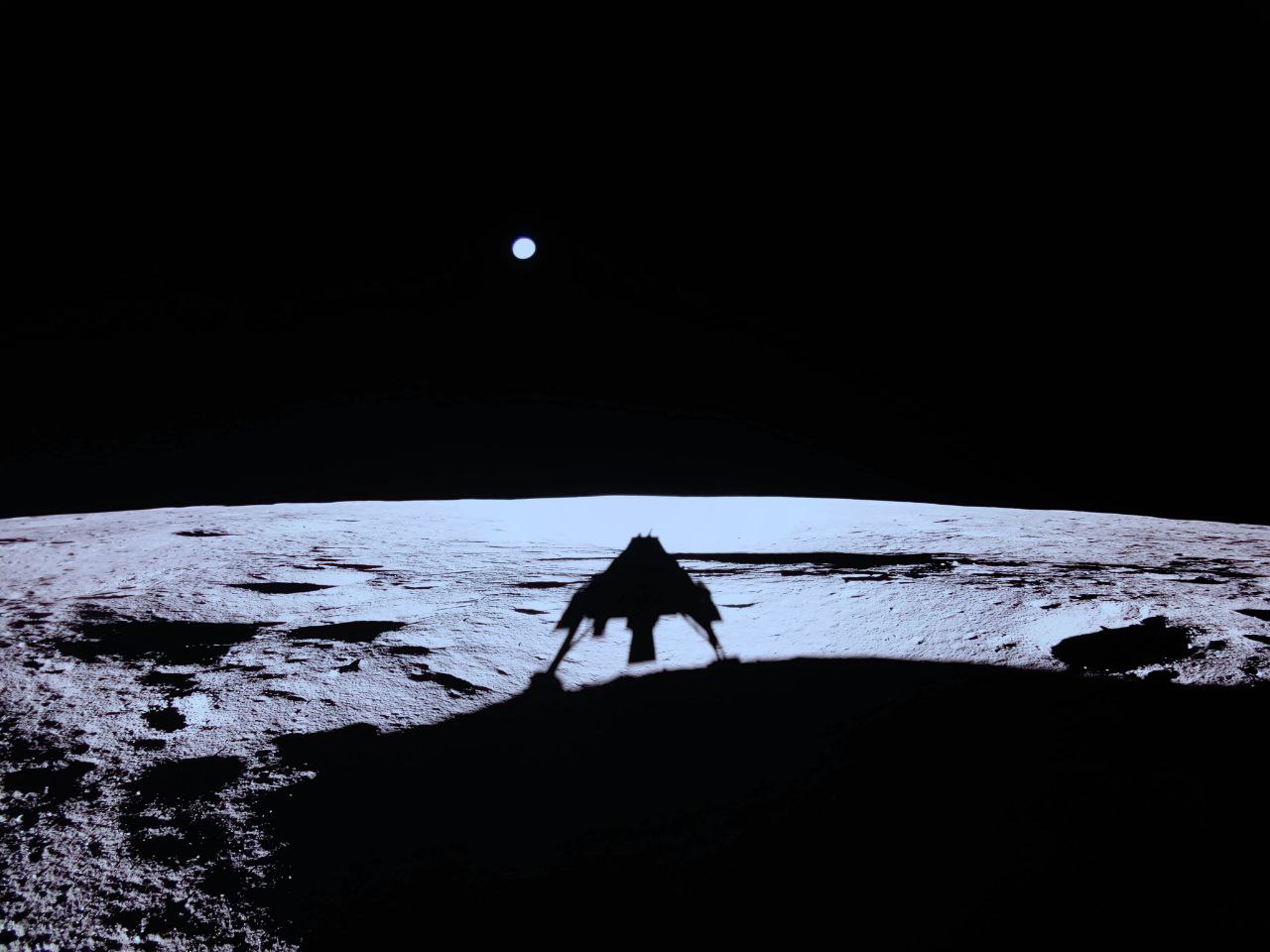
The most media-rich lunar mission
Blue Ghost made space history not only for its scientific achievements but also for its “media”. During the flight, the spacecraft took many impressive pictures and time-lapses showing the Earth and the Moon. They were widely shared on social media and contributed to the popularization of space exploration.
Photographs of the solar eclipse
Speaking about Blue Ghost’s media achievements, we should highlight the images of the total solar eclipse. It was observed on the Moon on March 14.
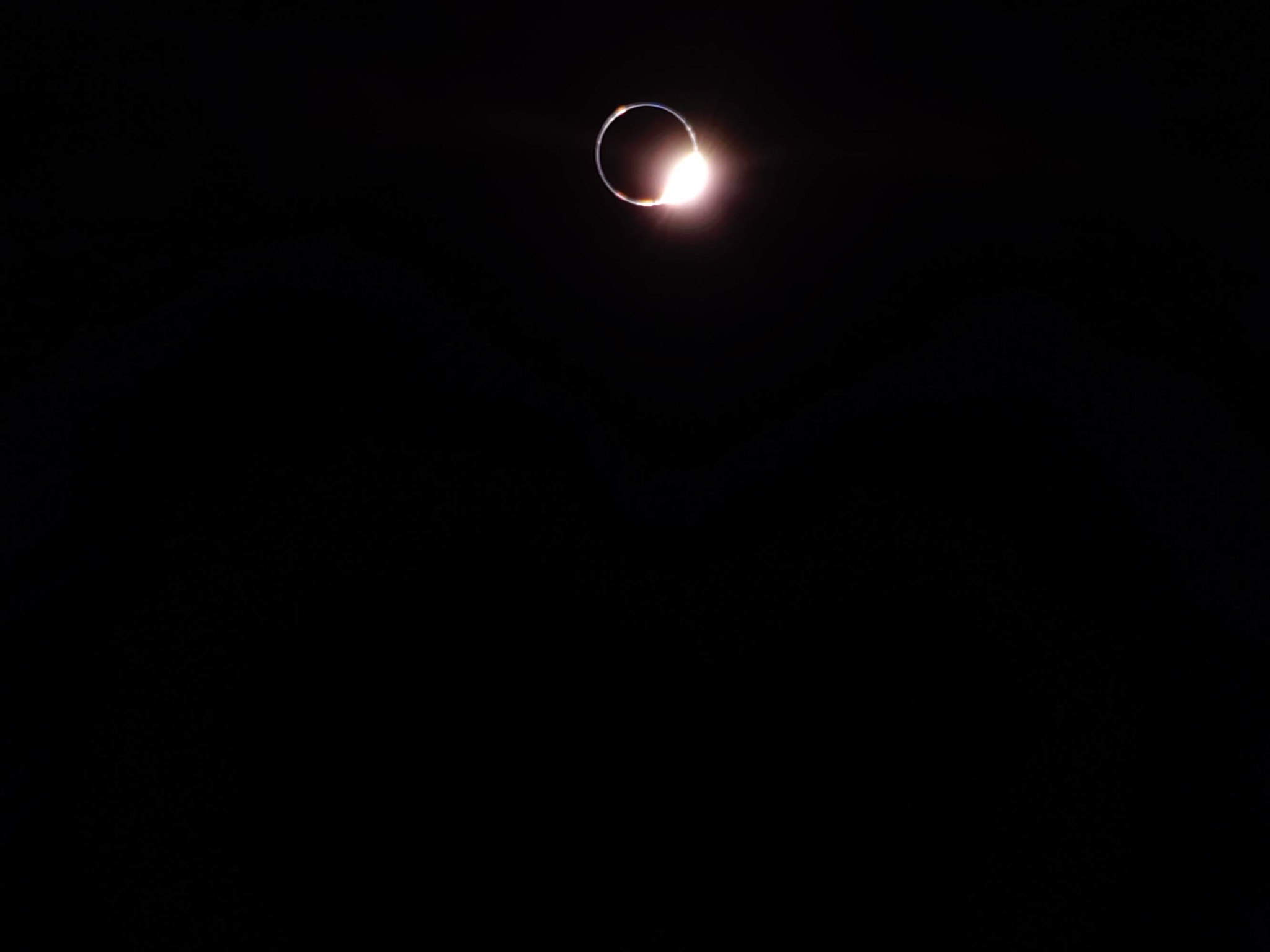
Yes, technically, Blue Ghost wasn’t the first spacecraft to do this – in 1967, Surveyor 3 had already filmed an eclipse. But in 58 years, the technology has made a huge step forward. Thanks to Blue Ghost, we were able to see for the first time what a solar eclipse looks like on the Moon. The images taken that day can rightfully be called the crown of the entire mission.
The benchmark for a private lunar mission
Overall, the main achievement of Blue Ghost is that it has demonstrated the full potential of private lunar missions. Previous private vehicles either died for technical reasons or failed to complete a significant part of their scientific program due to an abnormal landing. Blue Ghost has successfully solved all of its tasks and has set a benchmark. This benchmark will now be used by all other private companies trying to conquer the Moon, and the achievements of their vehicles will be compared to it.
